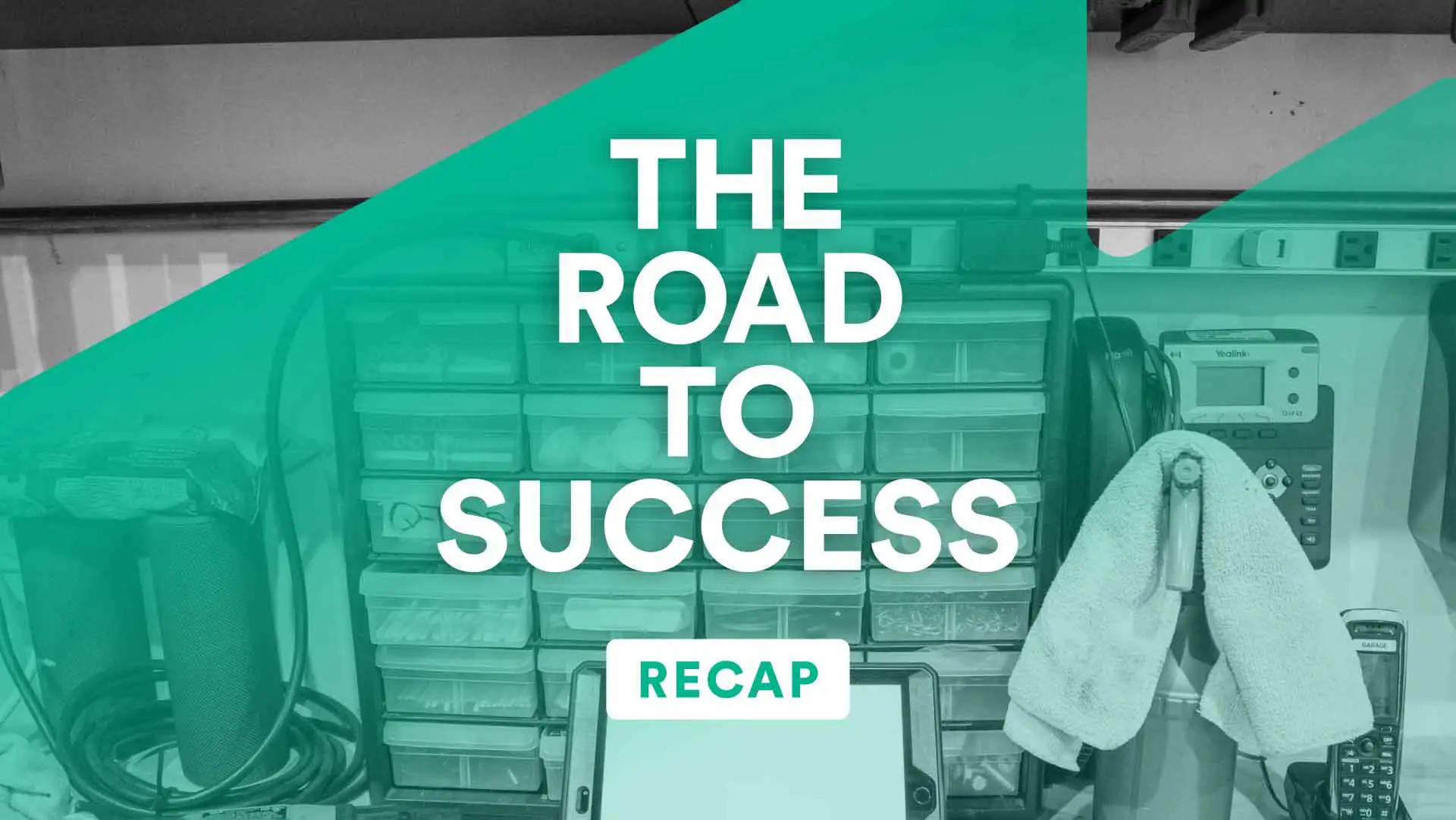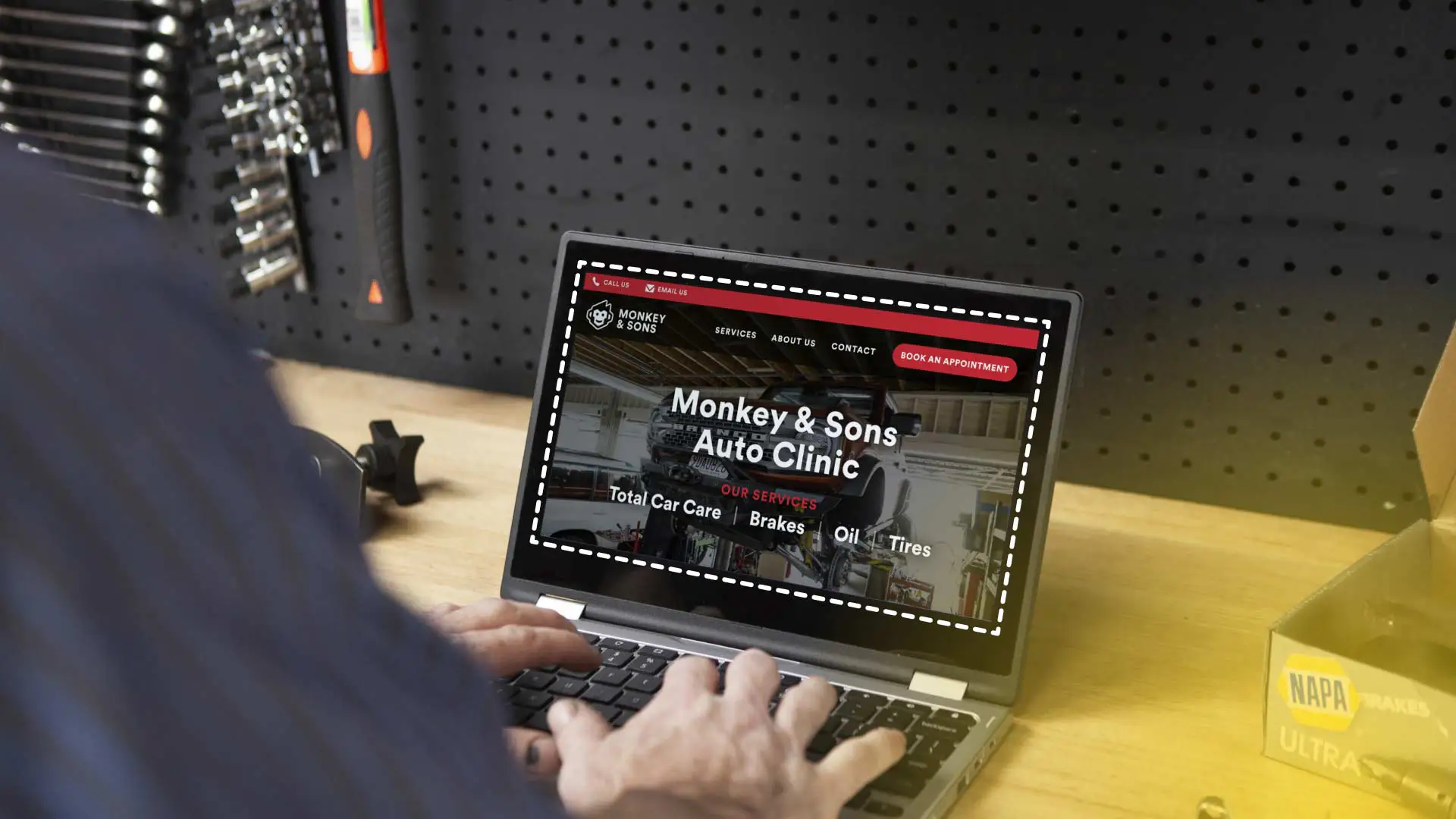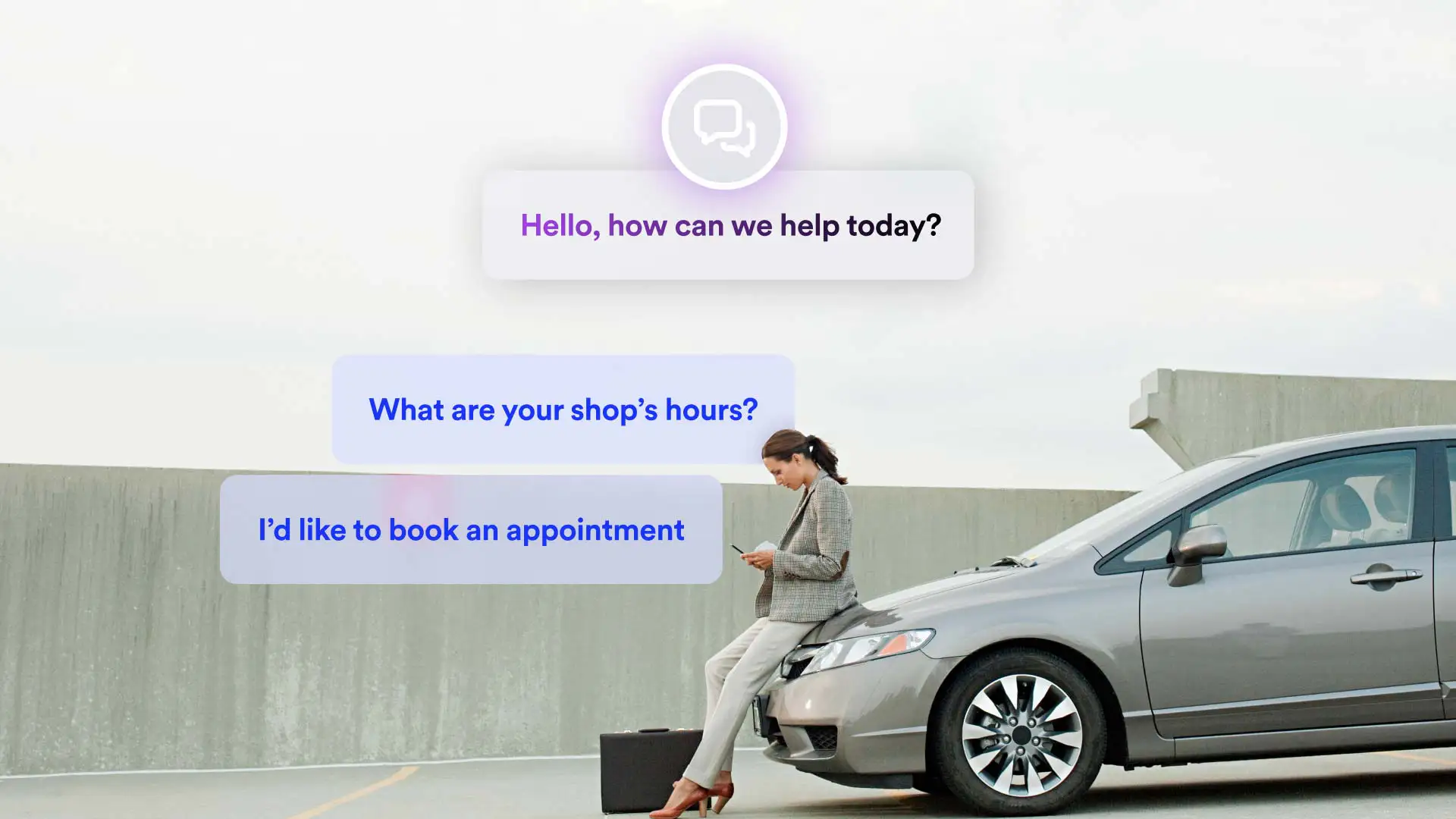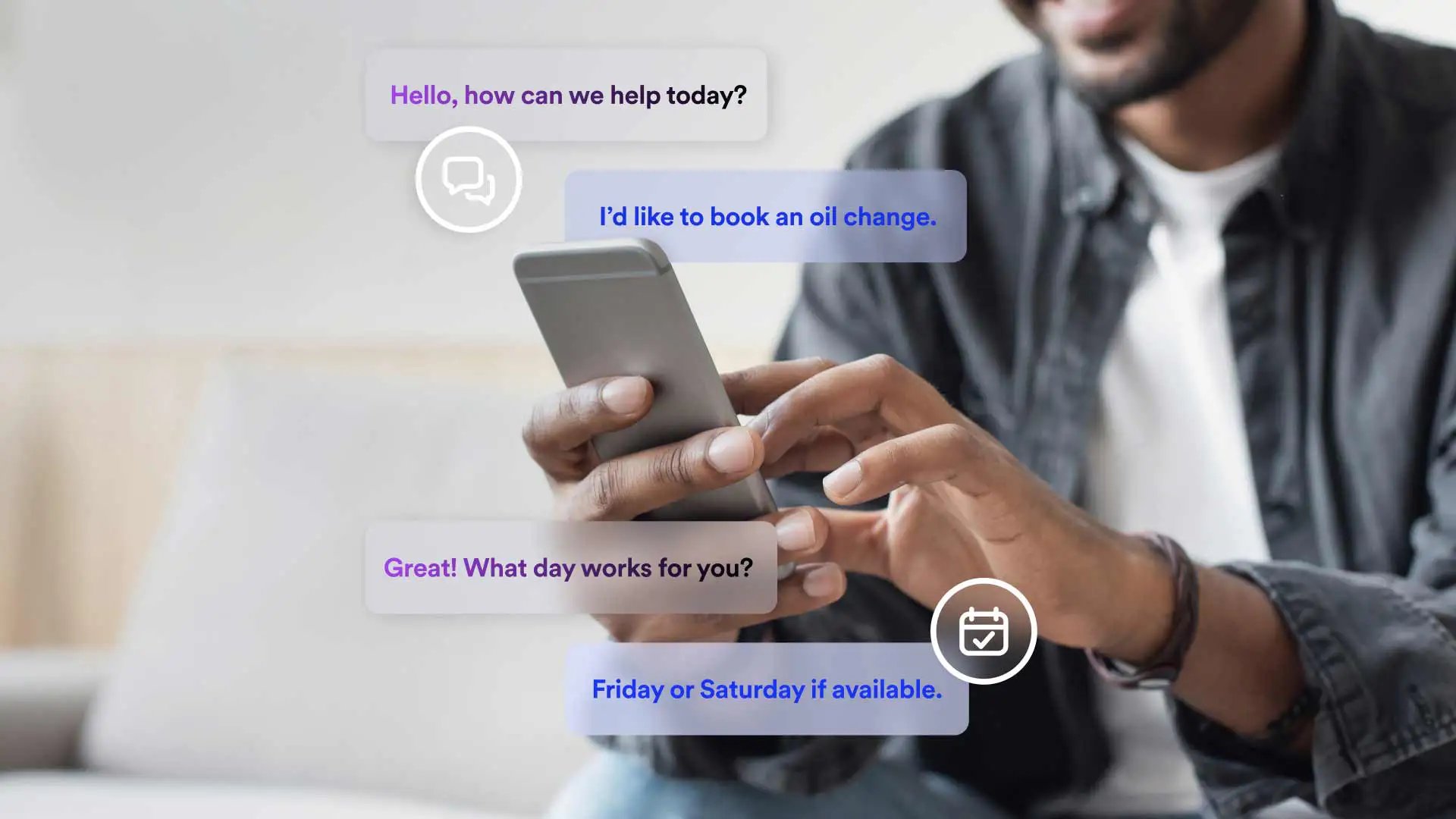The sixth video in the Road To Success Speaker Series focuses on Auto Obsessions owner Brad Rhodes, delving into his colorful history and bright future in automotive styling. Entitled “How to Take Your Shop from $500 to $500k in 4 years”, the webinar includes candid advice from Rhodes about how to accelerate growth in auto shops by making timely investments.
Our host, Lukasz, talks to Rhodes about the steps he took to scale his business to a respectable six figures in only a couple of years. Auto Obsessions, essentially a one-man auto finishing shop in which Rhodes does everything from window tinting to audio systems, established its first location in May of 2019. The following month, Rhodes switched to a bigger location, and at present, he’s servicing approximately 40-50 cars a month.
Throughout the presentation, Rhodes shared photos of his current location and everything from the tape he uses to protect the vehicles he works on to his showroom floor. Rhodes’ journey is applicable to shops in any area of the automotive industry. Both Lukasz and Rhodes provide insight for thriving in this business.
Shop Beginnings
Due to planning a wedding around the time he got his first location, Rhodes only had $500 when he was first starting out. At the time, his customer base was entirely “word of mouth.” He got the new location a month later because “every dollar I made went back into my company.” Getting the bigger location was a critical investment because it allowed him more room to work on larger vehicles, which also helped to spur his shop’s growth. He also practiced what he called “robbing Peter to pay Paul,” which involved spending money “from a job that you sell in the future” for additional investments.
One of the earliest investments Rhodes made was in a $2,500 film plotter, which “allows us to cut window film on a machine,” he said. Another expenditure that might seem surprising was investing in a shop scenting system—that works for 3,000 square feet—so the shop smells clean. “People want to spend money when it smells good,” Rhodes commented. The owner also invested in a VoIP phone system with what he called an “attractive female,” providing voicemail options with pre-recorded information about his services. When prospects or customers call, “she goes over the services, what customers are looking for, and who I am, so that when it rings, it tells me if they’re calling about tinting or audio.”
Software
Some of the equipment he purchased allowed him to work more efficiently and increase revenues. He referenced spending $10,000 on a vehicle lift made in Germany— he could have gotten less expensive ones for a third of that price. With this equipment, Auto Obsessions could now complete vehicle wraps in just one day instead of the three it took with Race Ramps. He “went from making six to 10 thousand dollars in revenues a week to 20.”
Rhodes discussed the benefits of streamlining his processes with Shopmonkey’s auto shop software. One way it helps him is with canned services; with just a click, he can provide a fully packaged service to customers, including the total price and breakdowns for labor and parts.
He also praised the software’s integration with his website, in which allows easy customer communication via emails and text messages through Shopmonkey. The messaging and template features let him communicate with prospects and customers, send estimates, and transmit videos, all while “nothing’s hand-typed,” he said. The shop owner also talked about how valuable a resource Google was to improving his business, both by having customers post reviews about it on Google’s platform and by constantly updating his pictures, information, and presence on it.
Lessons Learned
Unsurprisingly, Rhodes’s biggest takeaway was continually investing in your shop. “Everything I’ve done has been for the perception of my company,” he noted. “There’s a lot of things I pay for that people don’t see that help my company.” The shop owner also stressed the importance of knowing his customer base and stepping up his customer service. He advocates following up with customers six months down the line “to make sure they’re happy with the product.” Similarly, he talked about the value of sending customers thank you cards and other gestures, like springing for a pizza lunch at a dealership that worked with him, to maintain favorable customer relations.




